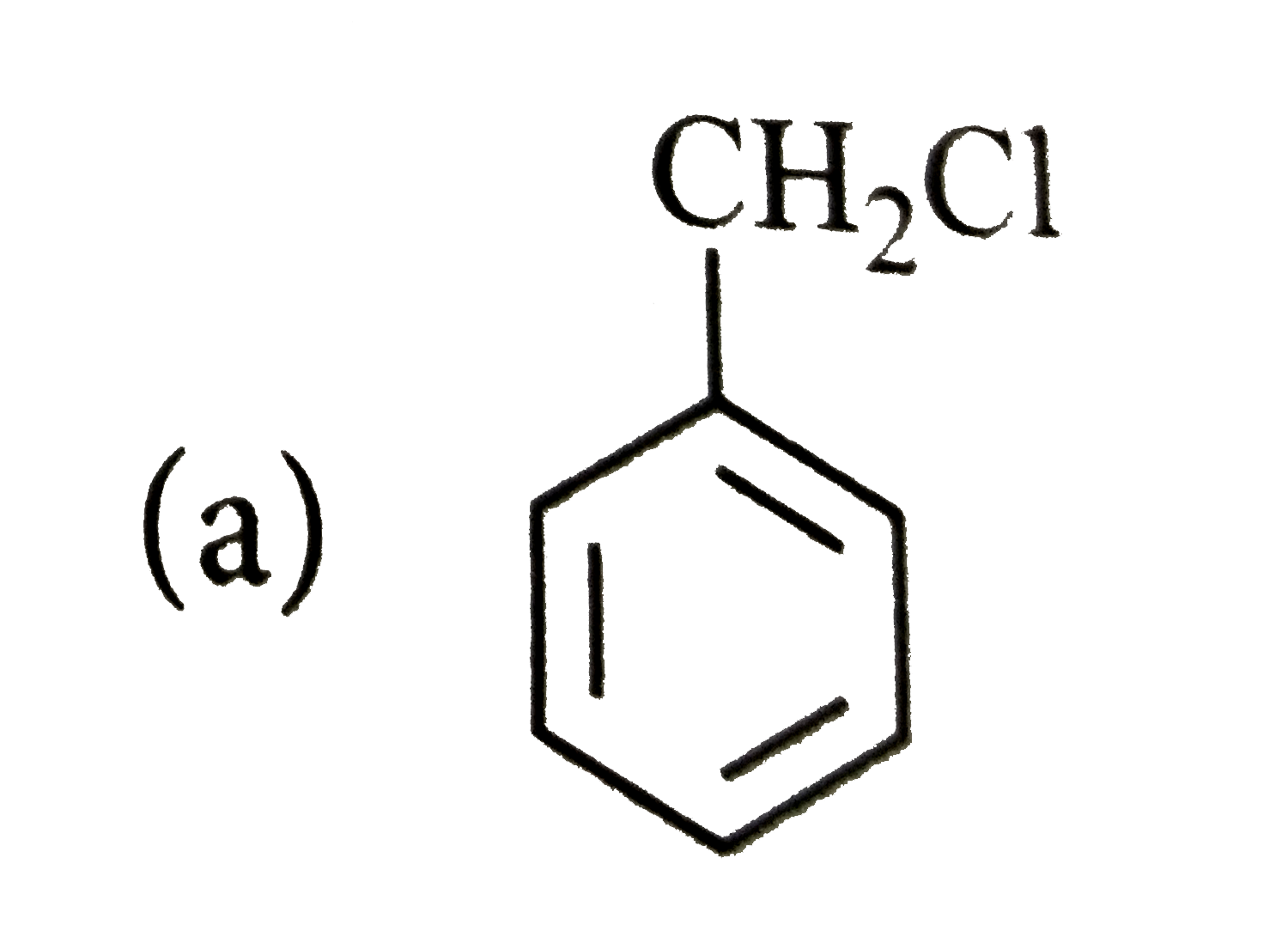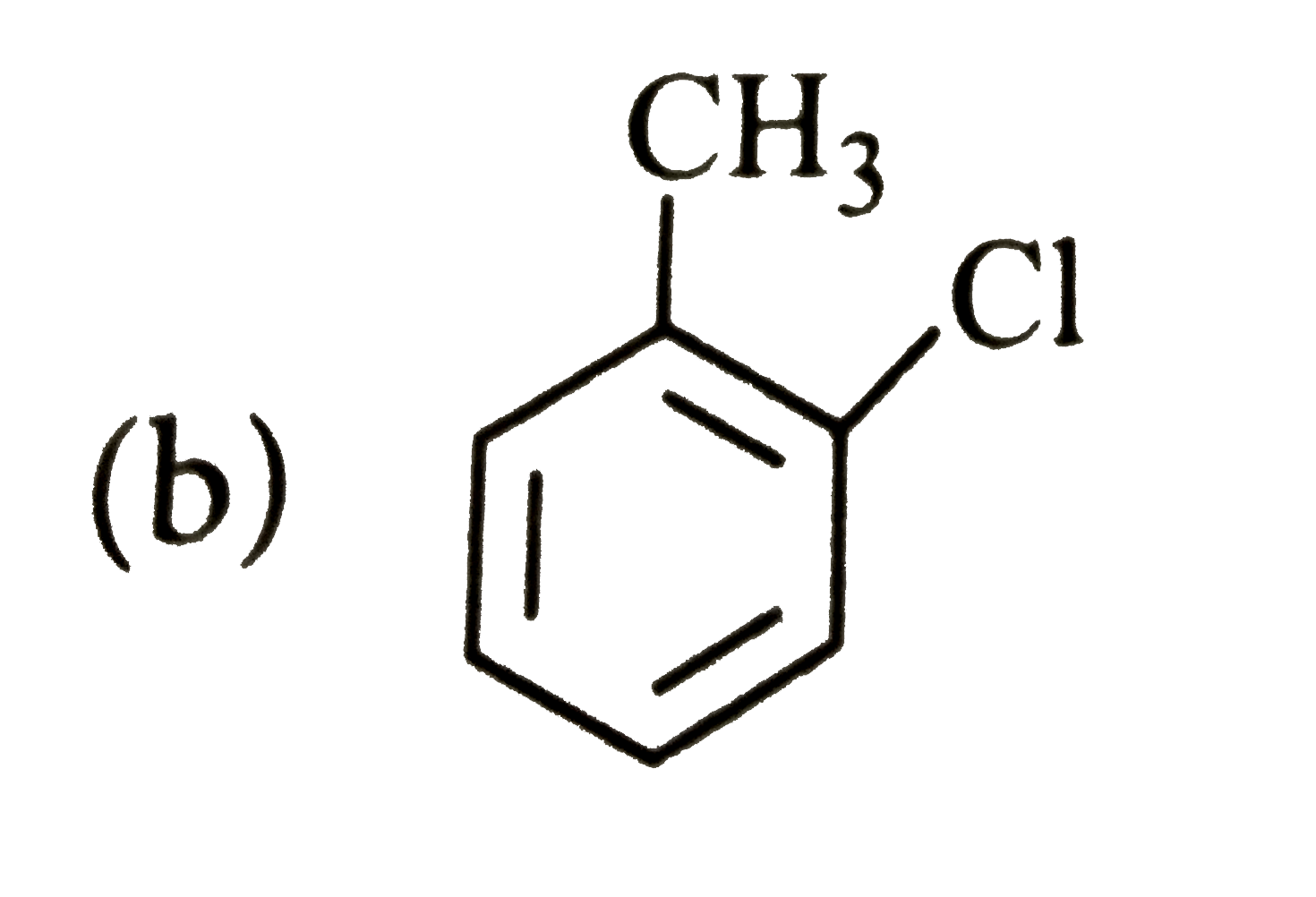Bending of shoot tip in the absence of light is
Chlorosis
Emasculation
Etiolation
Tanning.
The correct Answer is:C
Step-by-Step Solution:
1. Understanding the Question:
The question asks about the phenomenon that occurs when the shoot tip bends in the absence of light.
2. Analyzing the Options:
We have four options to consider:
- Chlorosis: This refers to the yellowing of leaves due to a lack of chlorophyll, but it does not involve bending of the shoot tip. Therefore, this option is incorrect.
- Emasculation: This is the removal of stamens from flowers to prevent self-pollination. It does not relate to the bending of the shoot tip, making this option incorrect as well.
- Etiolation: This is a process observed in plants that grow in the absence of light. It is characterized by elongated stems, small and yellow leaves, and importantly, bending of the shoot tip. This option is likely correct.
- Tanning: This process involves the binding of collagen in hides and does not relate to plant growth or bending of the shoot tip, making this option incorrect.
3. Identifying the Correct Answer:
After analyzing all the options, the only process that involves the bending of the shoot tip in the absence of light is etiolation. Thus, the correct answer is option 3: etiolation.
4. Conclusion:
The bending of the shoot tip in the absence of light is known as etiolation.
---
The question asks about the phenomenon that occurs when the shoot tip bends in the absence of light.
We have four options to consider:
- Chlorosis: This refers to the yellowing of leaves due to a lack of chlorophyll, but it does not involve bending of the shoot tip. Therefore, this option is incorrect.
- Emasculation: This is the removal of stamens from flowers to prevent self-pollination. It does not relate to the bending of the shoot tip, making this option incorrect as well.
- Etiolation: This is a process observed in plants that grow in the absence of light. It is characterized by elongated stems, small and yellow leaves, and importantly, bending of the shoot tip. This option is likely correct.
- Tanning: This process involves the binding of collagen in hides and does not relate to plant growth or bending of the shoot tip, making this option incorrect.
After analyzing all the options, the only process that involves the bending of the shoot tip in the absence of light is etiolation. Thus, the correct answer is option 3: etiolation.
The bending of the shoot tip in the absence of light is known as etiolation.
Topper's Solved these Questions
- Plant Growth and MovementsBook:DINESH PUBLICATION ENGLISHChapter:Plant Growth and MovementsExercise:CYG
Explore 20 Videos
- Plant Growth and MovementsBook:DINESH PUBLICATION ENGLISHChapter:Plant Growth and MovementsExercise:BRAIN TEASERS-IV
Explore 41 Videos
- Plant Growth and MovementsBook:DINESH PUBLICATION ENGLISHChapter:Plant Growth and MovementsExercise:BRAIN TEASERS-IV
Explore 41 Videos
- PLANT BREEDING AND DISEASE CONTROLBook:DINESH PUBLICATION ENGLISHChapter:PLANT BREEDING AND DISEASE CONTROLExercise:Check your Grasp
Explore 10 Videos
- PLATYHELMINTHES-THE FLAT WORMSBook:DINESH PUBLICATION ENGLISHChapter:PLATYHELMINTHES-THE FLAT WORMSExercise:check your grasp
Explore 9 Videos
Similar Questions
Knowledge Check
The reaction of toluene with chlorine in the presence of iron and in the absence of light yields ………
A B
B C
C Dmixture of (b) and (c )
Dmixture of (b) and (c )
Write the reaction of chlorine with ethyne in the absence of light
View SolutionWhich increases in the absence of light?
View SolutionA : PAN is a secondary pollutant.
R : PAN is formed by interaction of nitrogenoxides and hyrocarbon in the absence of light.
View SolutionBending of stem towards light is
View SolutionBending of stem/coleoptile towards light or shoot of potted plant placed near a window is due to
(a) Greater oxygen availability to the tip
(b) More auxin content on the shaded side
(c) Greater light availability to tip
(d) Availability of necessary warmth to the tip
View SolutionWater is mainly transported to shoot tips by the help of
View SolutionThe organizatin of shoot apex into tunica and corpus is determined largely on the basis of
(a) Regions of meristematic activity
(b) Planes of cell division
(c) Rate of shoot tip growth
(d) Rate of cell division
View Solution